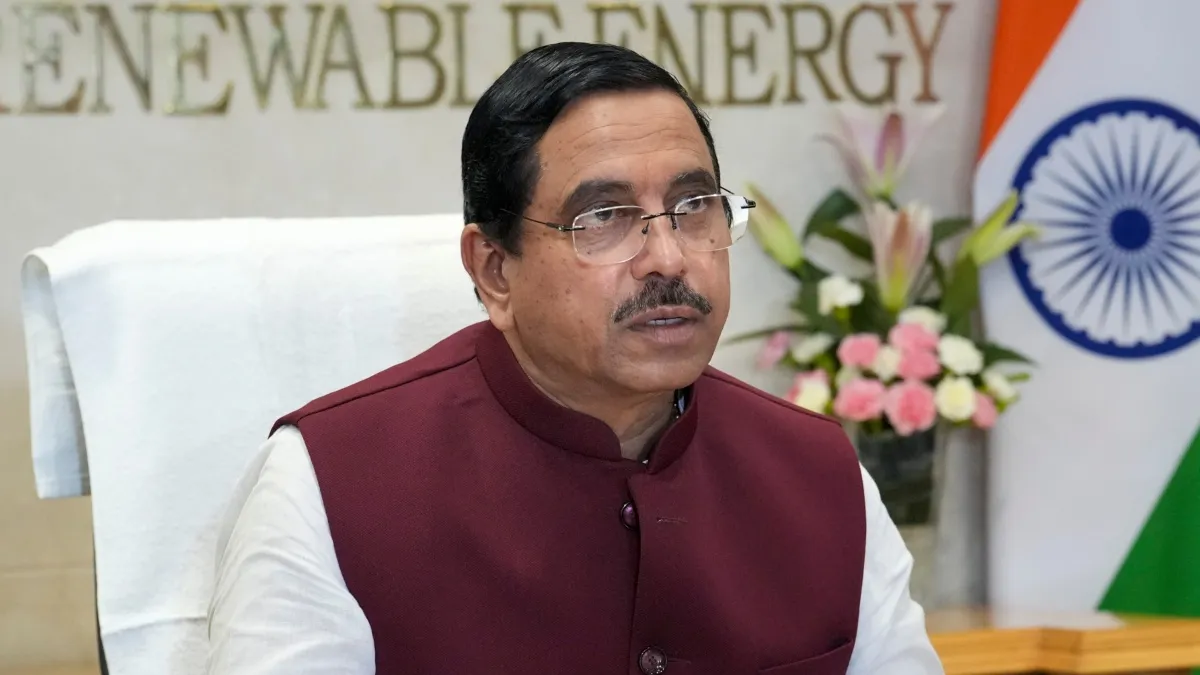Image Source: “fighting for rights in the gig economy” by davide.alberani is licensed under CC BY-SA 2.0.
As Asia-Pacific’s gig economy surges past millions of workers, governments scramble to balance innovation with protection.
If you are heading to Australia or Asia to expand your business with freelance GIG workers to minimize your costs, think again. Legislation is in place to protect them – as it is your responsibility to know what you can and can’t ask them to do.
The gig economy has transformed how millions across the Asia-Pacific region earn their livelihoods. From Uber drivers in Melbourne to food delivery riders in Bangkok, these workers power platforms that have become essential to modern urban life. Yet beneath the convenience lies a troubling question: are we building prosperity on the backs of workers denied basic protections?
Australia alone counts 1.1 million independent contractors as of August 2024, making up 7.5% of all employed individuals, while the Asia-Pacific region hosts millions more navigating precarious employment through apps and digital platforms.
These workers—contracted for short-term, task-based assignments—often rely on this income as their primary source of earnings yet find themselves excluded from fundamental labour protections that traditional employees take for granted. The protections for gig workers (“employee-like workers”) are in effect. The Fair Work Legislation Amendment (Closing Loopholes No. 2) Act 2024 took effect in August 2024, and unfair deactivation protections commenced on February 26, 2025.
Historic Legislative Breakthrough
The past year has witnessed unprecedented action across the region, with governments finally moving to address the gig worker protection gap.
Malaysia achieved a historic milestone in August 2025 when Parliament passed the world’s first comprehensive Gig Workers Bill, affecting over 1.2 million workers.
Human Resources Minister Steven Sim described the law as ending a long-standing injustice: “For too long, 1.2 million Malaysians in the gig sector have worked daily without proper labour protection, as if their contributions to the economy did not deserve recognition. This bill ends that injustice.”
The Malaysian legislation recognizes verbal contracts, mandates social security contributions to SOCSO, and establishes tribunals for dispute resolution. Notably, Minister Sim emphasized that gig worker wages must take priority if producers or investors go bankrupt, and stated: “The gig economy isn’t limited to new sectors. It includes the creative industry, and these workers deserve equal protection.”
Singapore implemented its groundbreaking Platform Workers Act on January 1, 2025, becoming the first Southeast Asian nation to mandate retirement savings and injury compensation for gig workers.
Dianna Chang, senior lecturer at the Singapore University of Social Sciences, called it an important precedent, noting that “with the platform economy and workers’ rights being debated in many countries, Singapore’s passage of the bill will create a ripple effect in the region.”
The Singapore law requires both platforms and workers to contribute equally to the Central Provident Fund, while platforms must provide work injury compensation and insurance coverage. Chang acknowledged trade-offs, explaining that higher costs will “inevitably” be passed to consumers, resulting in higher delivery and ride prices, but argued “it’s fairer for platform operators and consumers to cover the costs, not the workers.”
India’s State-Level Pioneering
India: The gig economy is projected to contribute 1.25% to India’s GDP by 2030 and create 90 million jobs in the long term, according to the Forum for Progressive Gig Workers. The gig economy market is expected to reach a gross volume of $455 billion by 2024, growing at a 17% CAGR. Multiple states lead legislative efforts, though national implementation remains pending. Rajasthan became India’s first state to pass platform worker protection in July 2023, establishing a welfare board, registration system, and social security fund financed by platform transaction levies.
Following Rajasthan’s model, Karnataka, Bihar, and Jharkhand all passed similar legislation in 2025, collectively covering millions of workers. These laws mandate unique worker IDs, establish welfare boards, and require platform contributions to social security funds. However, according to NITI Aayog estimates, India’s platform sector had already reached 7.7 million workers by 2020 and has grown substantially since.
Thailand and Vietnam: Works in Progress
Thailand is developing the draft Promotion and Protection of Independent Worker Act, which aims to provide broader coverage for “semi-independent workers” including platform workers. The legislation proposes accident and health assistance, loans, and requirements that business operators pay fair wages at agreed rates.
Vietnam, while not yet addressing gig workers specifically, implemented sweeping labour law reforms in 2025, including expanded unemployment insurance and strengthened trade union rights. The new Trade Union Law, effective July 1, 2025, allows foreign workers on contracts of 12 months or longer to join grassroots trade unions, signaling growing attention to worker protections.
The Social Licence Question
The term “social licence” refers to ongoing acceptance by society and stakeholders. For gig platforms, this licence is increasingly contested as worker mobilization intensifies across the region.
The passage of Malaysia’s legislation followed sustained protests, including the major Klang Valley food delivery strike in 2022 and the “Grab Blackout” in 2024. These actions brought opaque remuneration systems and harsh working conditions into public consciousness, forcing government response.
Platform companies have resisted some protections, with industry bodies like NASSCOM in India opposing provisions they view as “onerous and prescriptive obligations.” Yet public opinion increasingly supports worker protections over platform flexibility arguments.
Looking Ahead: 2025-2030
The next five years will prove critical for determining whether Asia-Pacific’s gig economy becomes a model of innovation with dignity or continues extracting labor without reciprocal responsibility.
Regional harmonization appears increasingly likely, particularly among ASEAN nations, to prevent regulatory arbitrage. Malaysia’s decision to forgo Singapore’s phased approach—instead covering all gig sectors immediately including creative industries—may influence other nations’ strategies.
Minimum earning floors, mandatory insurance coverage, and portable benefits systems that follow workers across platforms represent probable developments. The rise of worker collectives and digital unions, already evident in Indonesia and Malaysia, suggests growing bottom-up pressure for change.
Malaysia’s Minister Steven Sim noted when addressing skeptics; careful legislative process, governments are being “cautious and meticulous because the law will impact the lives of millions of people.”
The fundamental question remains: can technological innovation coexist with worker dignity? The answer emerging across Asia-Pacific suggests yes—but only with deliberate policy intervention, sustained worker advocacy, and recognition that those who fuel the digital economy deserve the security and protections that make work truly sustainable.





















